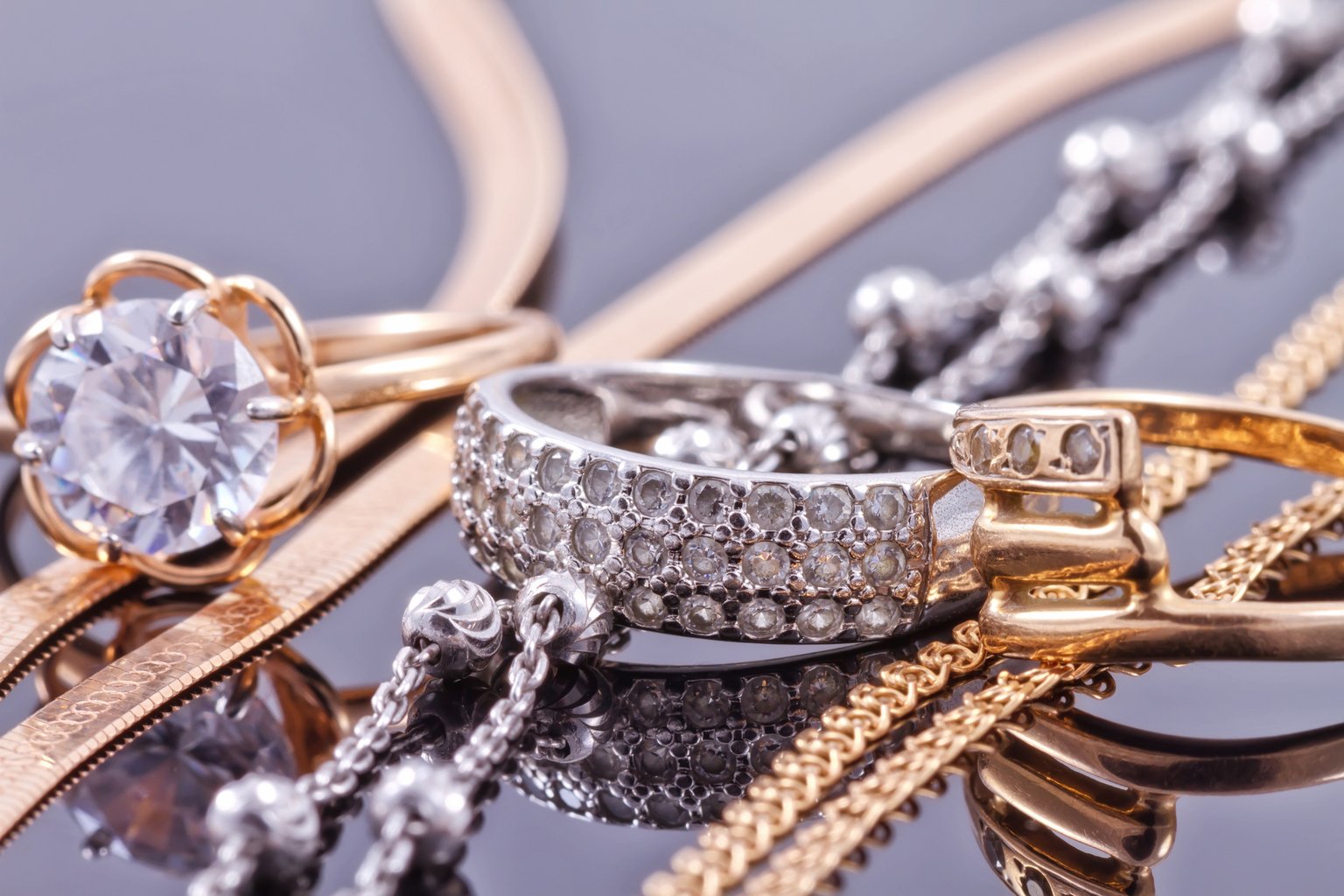In times of financial need, assets often hold untapped value that can provide immediate relief without the complexities of traditional loans. One such asset gaining prominence is jewelry. Loans against jewelry offer a straightforward solution where individuals can leverage their valuable ornaments to secure quick funds. This article explores everything you need to know about loans against jewelry, from their advantages and process to considerations before opting for one.
Understanding Loans Against Jewelry
Loans against jewelry, also known as asset-based lending, allow individuals to use their valuable ornaments as collateral to obtain a loan from a financial institution or a specialized pawnbroker. The process involves evaluating the worth of the jewelry based on its market value, typically focusing on the precious metals and gemstones it contains.
Benefits of Loans Against Jewelry:
- Quick Access to Funds: Unlike traditional loans that involve extensive paperwork and credit checks, loans against jewellery provide rapid access to cash, often within hours.
- No Credit Checks: Since the loan is secured by collateral (the jewelry), lenders are less concerned with the borrower’s credit history, making it accessible to individuals with poor credit scores.
- Flexible Repayment Terms: Borrowers usually have flexible repayment options, including renewing the loan by paying the interest accrued, thereby extending the loan term.
- Preservation of Credit Score: Opting for a loan against jewelry avoids impacting one’s credit score negatively, as it doesn’t involve a credit inquiry.
Process of Obtaining a Loan Against Jewelry
Evaluation of Jewelry:
The first step involves assessing the value of the jewelry. This assessment considers factors such as:
- Material Composition: The type and purity of metals (gold, silver, platinum) in the jewelry.
- Gemstone Quality: The quality, cut, and rarity of gemstones (diamonds, rubies, sapphires).
- Market Value: Current market prices for metals and gemstones.
Loan Approval:
Once the jewelry’s value is determined, the lender offers a loan amount based on a percentage of its appraised value. This percentage varies among lenders but typically ranges from 50% to 75% of the jewelry’s market value.
Terms and Conditions:
Before finalizing the loan, borrowers should carefully review the terms and conditions, including:
- Interest Rates: Rates can vary widely, so understanding the total cost of borrowing is crucial.
- Loan Duration: The duration for which the loan is valid before it needs to be renewed or repaid.
- Storage and Insurance: How the jewelry will be stored and insured during the loan period.
Considerations Before Opting for a Loan Against Jewelry
Assessing Financial Need:
Before opting for this type of loan, individuals should evaluate their financial situation and consider whether the loan amount meets their needs without risking the loss of sentimental or valuable jewelry.
Choosing the Right Lender:
Researching reputable lenders or pawnbrokers is essential. Look for transparent terms, fair appraisal practices, and secure handling of jewelry.
Repayment Ability:
Ensure you have a clear plan for repayment to avoid losing the jewelry due to non-payment. Discuss renewal options and understand the consequences of defaulting on the loan.
Conclusion
Loans against jewelry offer a viable financial solution for those in need of quick funds without the stringent requirements of traditional loans. By leveraging the untapped value of jewelry, individuals can access cash swiftly while retaining ownership of their cherished assets. However sell gold Melbourne, it’s crucial to approach such loans with careful consideration of the terms, repayment ability, and the importance of the jewelry itself.

